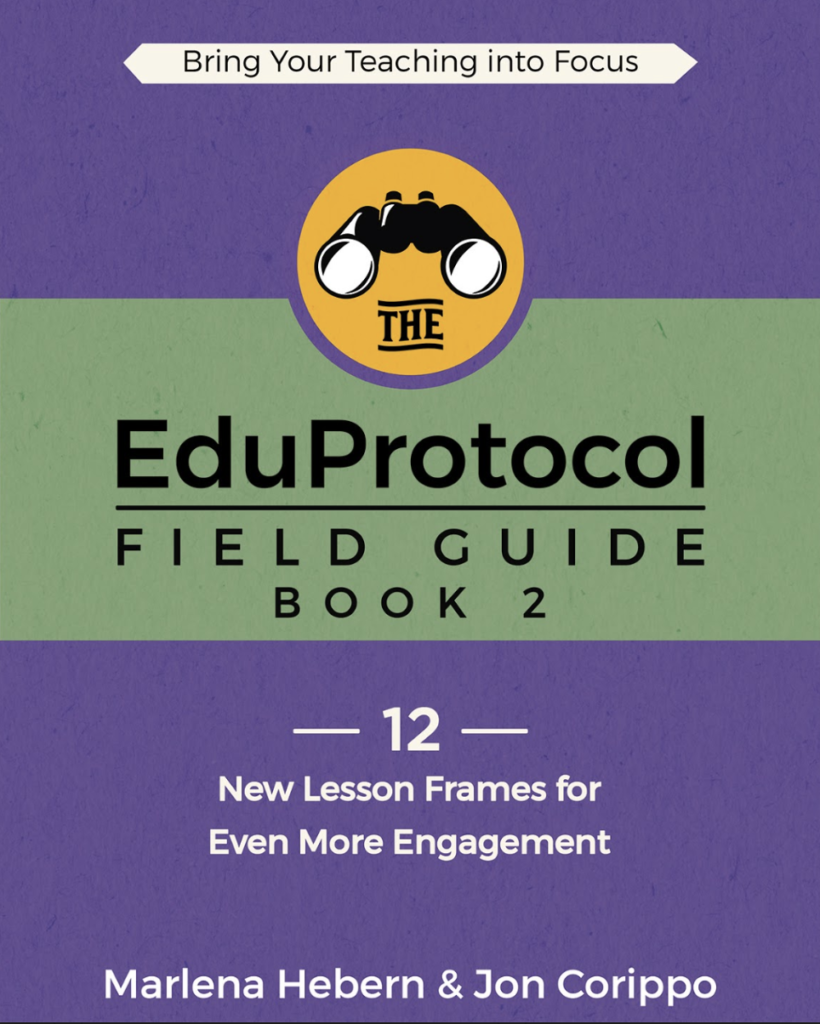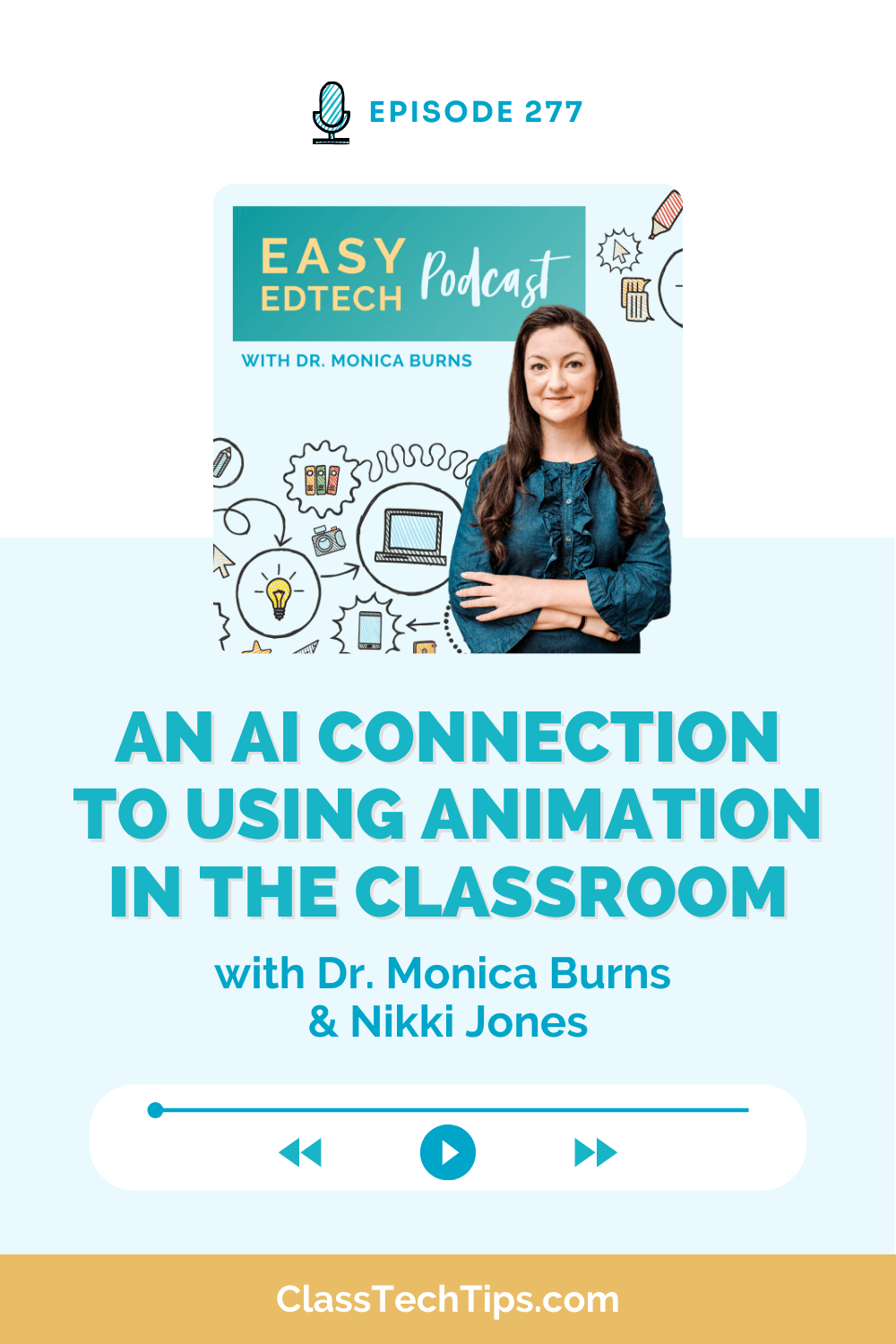This month the authors of Eduprotocols released the second title in their popular series. Jon Corippo and Marlena Hebern have created a resource for educators with lesson frames for every classroom. Their second book includes a dozen new lesson frames and eight lesson frames modified from their original Eduprotocols book. If you’re looking for protocols for learning this resource is for you!
With additional tips for Universal Design for Learning and connections to learning theories, the new book was released just a few weeks ago. I thought it was the perfect time to share more about Jon and Marlena’s work! Jon was kind enough to share the story behind Eduprotocols and how you can tailor them to your classroom. He answered the questions you’ll find below so you can discover how their Eduprotocols can fit into your work. If you’d like to start the school year with new protocols for learning, they’ve got you covered.
Protocols for Learning

What inspired you to write a book on this topic?
Honestly, I’m getting far enough along in my career that I realized it was time to start memorializing my life’s work and educational discoveries. When I approached Marlena, she said, “Oh my gosh, I feel the same!” and we were off to the races.
What exactly are EduProtocols? Are they for every classroom?
Eduprotocols are lesson frames that you learn and master that are not content dependent. Like Marlena says, they are something you can learn in 15 minutes and take a lifetime to master. They work with all humans, inside and outside of school.
One fun detail is that Marlena and I run professional development using Eduprotocols all the time. Teaching folks the EDUPROTOCOL on teaching and learning — teachers naturally say, “I could teach _________ the exact same way — I just change the link/resource.” Eduprotcoprotols make lesson planning easier and less dreary for teachers while also allowing for tons of student creativity.
Classroom Activities
How can educators make sure their classroom activities are more student-centered?
Marlena and I always think, how can we eliminate direct instruction and create workflows that can be used over and over — so kids have a lower cognitive load to access content? We’ve realized that we do not need a new lesson to access new content. It’s actually way more productive to have kids use a series of known workflows to access any content. When kids do more work, they grow more. But kids quietly doing worksheets has never been the answer either.
How can educators use this book in a PLC or book club?

I’d suggest that a book club take a couple of Eduprotocols and use them in class, then compare their results. Our book is not a classic “edu-biography.” Instead, it’s a field guide and can be used and read in no particular order.
What is one thing a teacher can do tomorrow to put your ideas into action?
Our favorite “proto protocol” is The Fast and The Curious, a new way to approach fast-feedback tools like Quizizz, GoFormative, Kahoot, and Socrative. It can be spectacular almost immediately! Here’s a link.
Ready to learn more? Pick up the new Eduprotocols book now! It’s available on Amazon in both print and digital format!
Education Books
For additional book recommendations, take a look at these interview posts featuring these awesome education authors:







